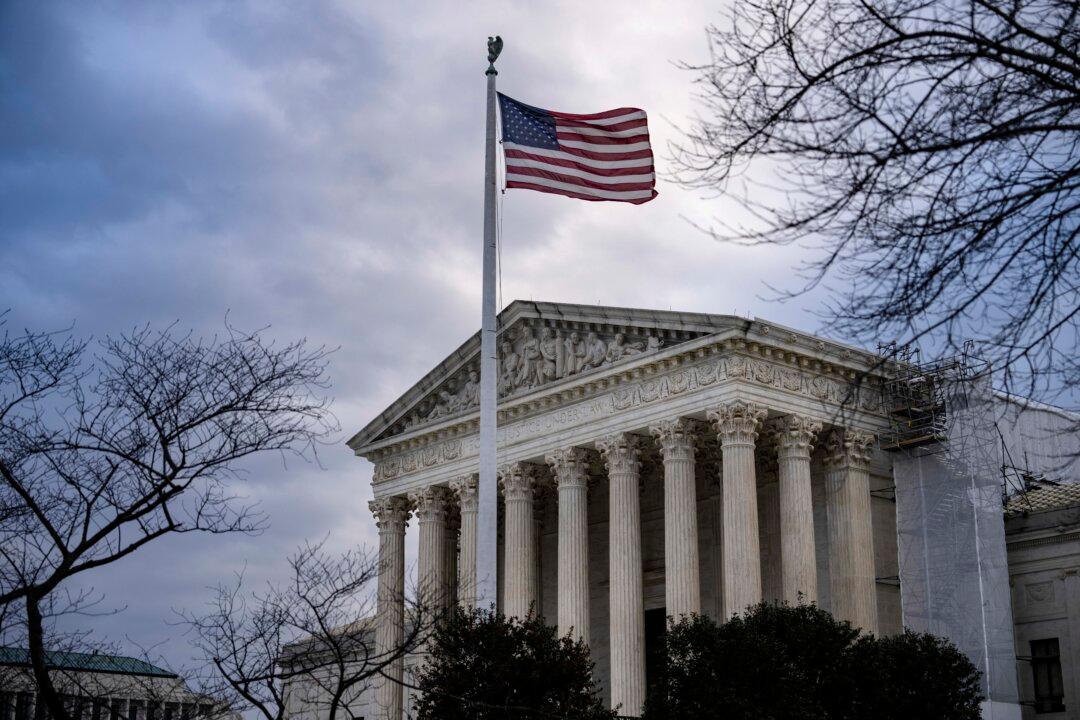Supreme Court justices pressed government attorneys about the implications of their positions for individuals who were subject to immigration proceedings and placed on the no-fly list.
Two sets of oral arguments took place on Jan. 8.

Supreme Court justices pressed government attorneys about the implications of their positions for individuals who were subject to immigration proceedings and placed on the no-fly list.
Two sets of oral arguments took place on Jan. 8.